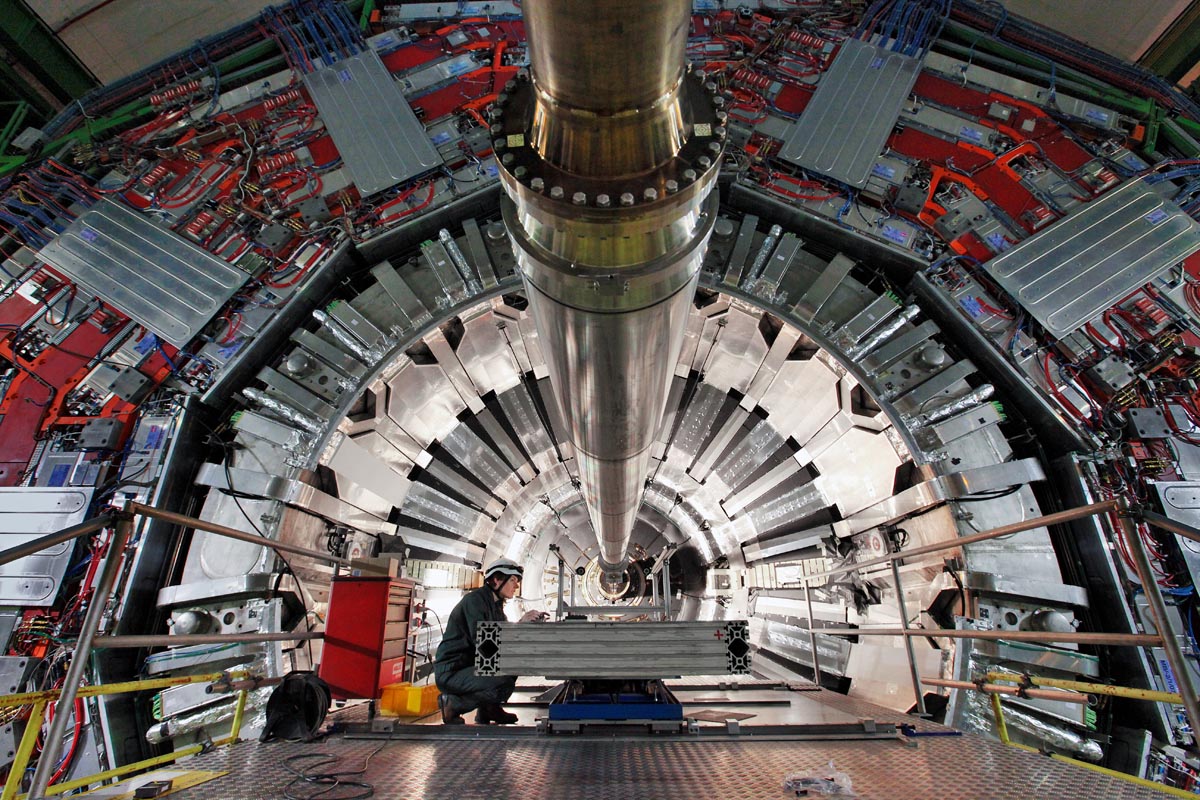The European Organization for Nuclear Research, popularly known as CERN, is often shrouded in a veil of intrigue and speculation. Established in 1954, CERN has become a beacon of fundamental research in particle physics, home to the world-renowned Large Hadron Collider (LHC). However, public fascination with CERN often transcends its scientific objectives. This article seeks to elucidate the veracity behind the myriad claims associated with CERN, emphasizing the institution’s role in advancing our understanding of the universe while addressing common misconceptions and the various forms of content available to readers interested in this enigmatic institution.
At its core, CERN is dedicated to probing the fundamental constituents of matter. Researchers harness high-energy particle collisions to explore questions ranging from the origins of mass to the fundamental forces that govern the universe. This rigorous scientific endeavor is housed in a complex of accelerator facilities spanning the border of Switzerland and France. The centerpiece, the LHC, accelerates protons to near-light speeds, enabling collisions that generate energies equivalent to those just after the Big Bang. Through this experimental platform, CERN aims to understand the fabric of the cosmos, unravelling the mysteries of phenomena such as dark matter and antimatter.
However, the public’s perception of CERN often diverges from its scientific mission. A prevalent myth is the association of the LHC with catastrophic scenarios, including black holes and the end of the world. Such concerns are largely unfounded, as the energies produced in the LHC, while high for particle physics, are minuscule in comparison to natural cosmic events. Astrophysical phenomena demonstrate that high-energy collisions occur routinely in the universe without catastrophic consequences on Earth. This illustrates the importance of scientific literacy in disentangling fact from fiction.
Readers interested in CERN can explore a plethora of content types that illuminate its multifaceted contributions. One of the most accessible forms of content is documentaries, which often chronicle both the scientific endeavors and the human stories behind the research. These films typically emphasize the collaborative nature of scientific inquiry, showcasing physicists from diverse backgrounds working towards shared goals. Such narratives humanize the often esoteric world of particle physics, allowing viewers to appreciate the dedication and passion that fuels research at CERN.
In addition to documentaries, scholarly publications play a pivotal role in disseminating the findings of CERN’s research community. Peer-reviewed articles detail groundbreaking discoveries, such as the confirmation of the Higgs boson, a particle long theorized to endow mass to other particles. The exploration of these papers provides insights into the rigors of scientific methodology, including experimental design, data analysis, and theoretical implications. For those who invest the time to navigate through the technical jargon, these publications form an invaluable resource for understanding the forefront of particle physics.
CERN also engages the public through events, seminars, and lectures, which are often available online. These presentations serve as an excellent avenue for reaching a broader audience, promoting scientific engagement beyond the immediate academic community. Notably, the organization regularly hosts open days and guided tours where visitors can gain firsthand insights into CERN’s operations and research. Such initiatives foster an appreciation for science, reinforcing its relevance and accessibility in contemporary society.
In the realm of social media, CERN has adeptly leveraged platforms to disseminate information and dispel myths. Engaging content ranging from infographics to interactive posts stimulates curiosity and invites discourse. This dual approach not only educates the public but simultaneously mitigates misinformation by presenting empirical evidence and clarifying misunderstandings about particle physics and its implications.
The allure of CERN is further amplified by its intersection with popular culture. The LHC and related discoveries have infiltrated films, literature, and even video games, often depicted as futuristic or apocalyptic locations. Such representations, while entertaining, can distort public perception, conflating scientific exploration with sensationalism. It is crucial to discern the artistic embellishments from the established scientific facts to foster a well-rounded understanding of the institution’s objectives.
Furthermore, CERN’s commitment to open science is noteworthy; its data is accessible to researchers worldwide, fostering collaboration and innovation. The initiatives promote transparency, allowing for independent verification of results and encouraging diverse approaches to problem-solving. The manner in which CERN embraces open data exemplifies a paradigm shift in contemporary research practices, reinforcing the notion that scientific knowledge should be a communal asset rather than a proprietary commodity.
Engagement with educational platforms targeting both younger audiences and novice learners has also been a focal point for CERN. Programs designed for students not only impart foundational scientific knowledge but also inspire the next generation of physicists. Through workshops and interactive experiments, CERN cultivates an environment conducive to inquiry and intellectual exploration, shaping future leaders in the field of science.
As fascinating as the scientific endeavors at CERN may be, the institution remains entrenched in a broader societal dialogue about science, ethics, and humanity’s place in the cosmos. The existential questions posed by particle physics resonate with the human condition—questions about our origins, destiny, and the potential for life beyond Earth. The engagement of diverse audiences with these existential themes illustrates the enduring relevance of scientific inquiry.
In summation, the truth behind CERN transcends mere scientific exploration; it encompasses a rich tapestry of educational initiatives, public engagement, and a commitment to dispelling myths. By bridging the gap between complex scientific concepts and public understanding, CERN plays a pivotal role in fostering a scientifically literate society, inviting individuals to explore the extraordinary universe in which we reside. Through documentaries, scholarly articles, public events, and active outreach, readers can immerse themselves in the vibrant world of CERN, discovering the truths that underpin one of humanity’s most ambitious scientific endeavors.












